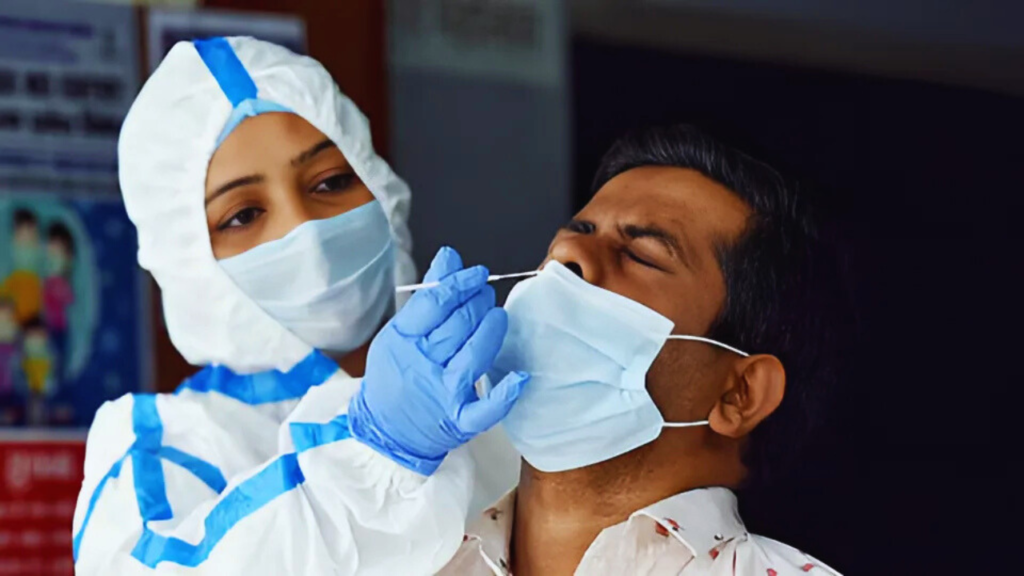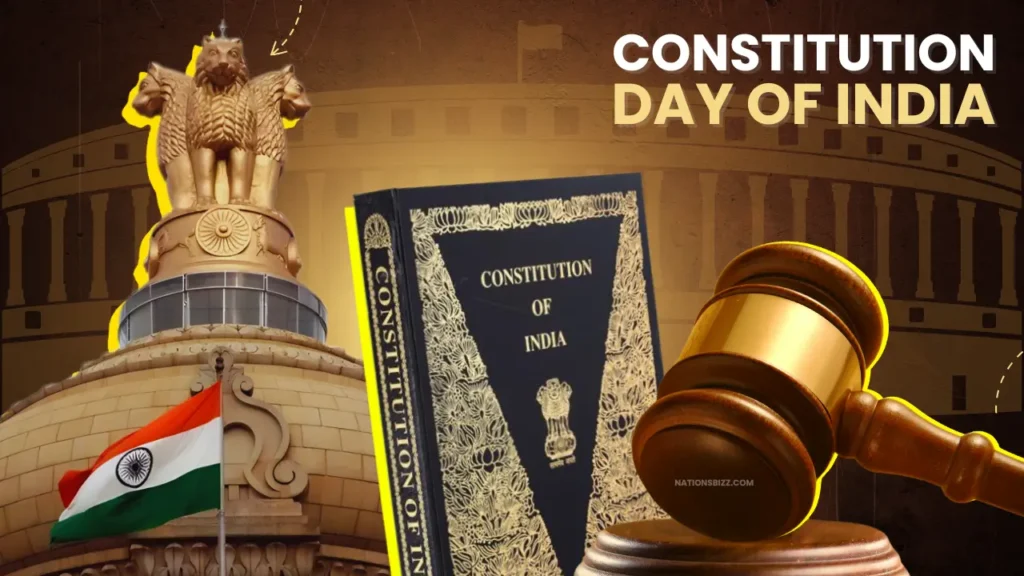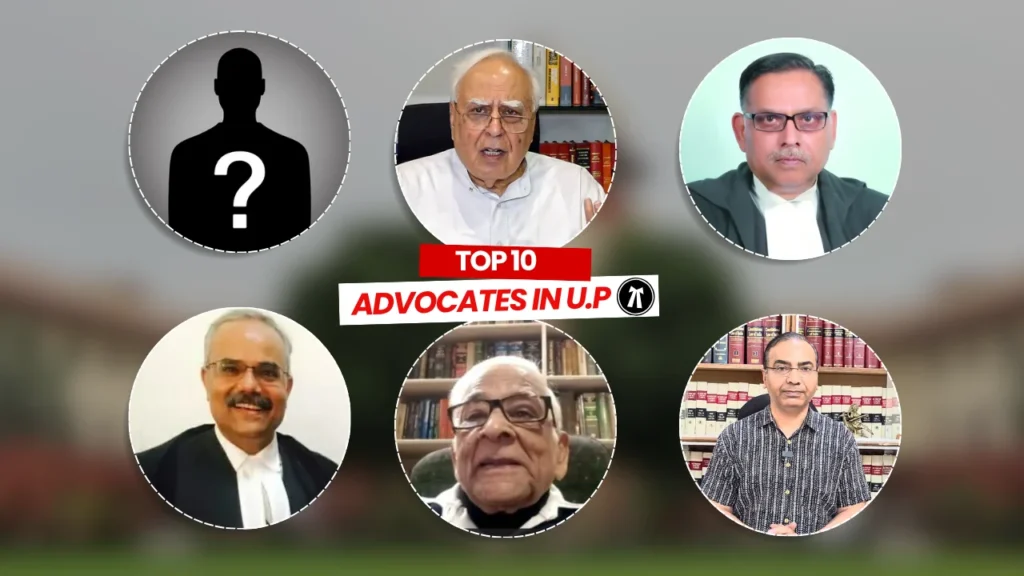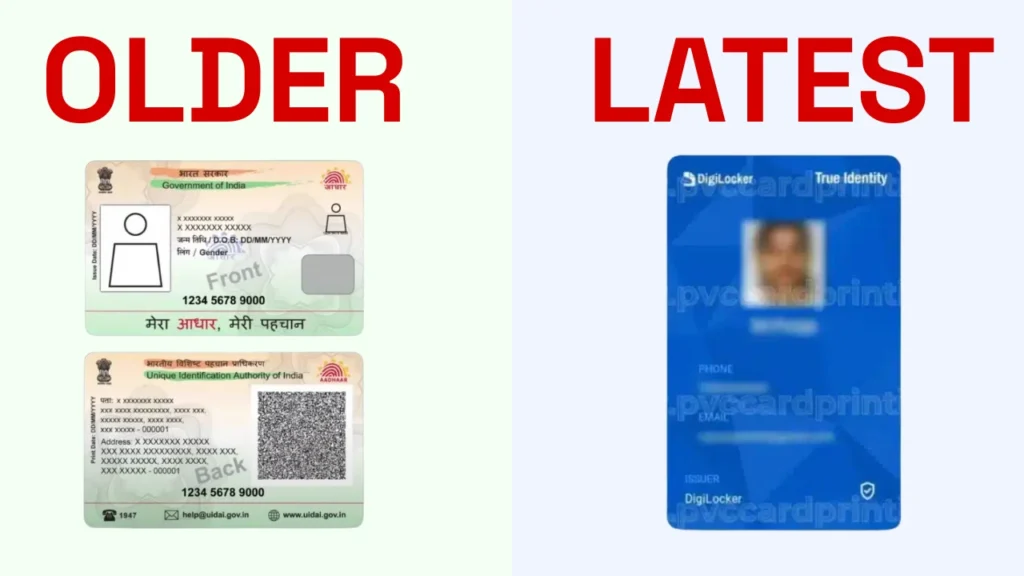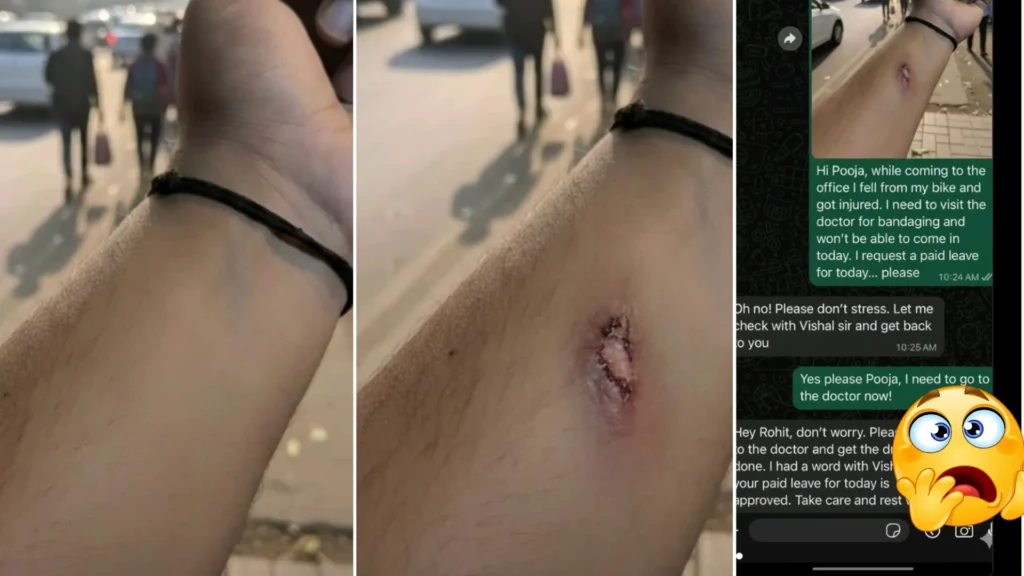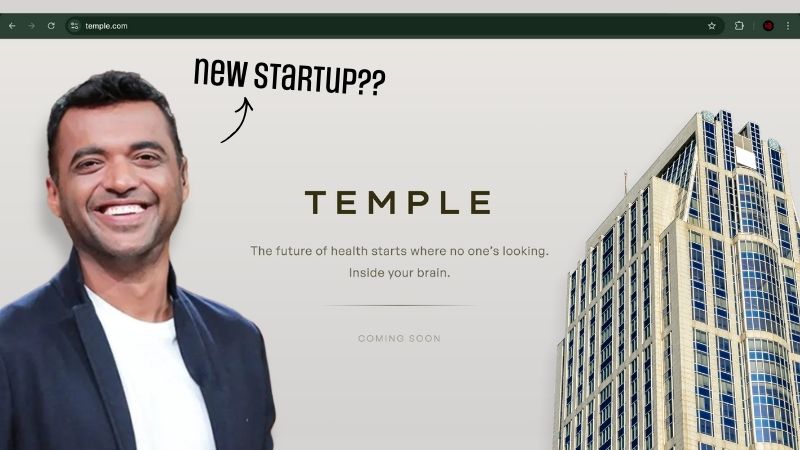India has seen a sudden and significant rise in COVID-19 cases over the past week. According to the latest reports from the Ministry of Health and Family Welfare (MoHFW). The number of active cases has increased to 3,395, a sharp rise from 257 cases on May 22, 2025. This unexpected spike has reignited concerns among citizens and health authorities. Especially as the majority of cases are being reported from states like Kerala, Maharashtra, and Delhi.
Kerala Tops the List with Maximum Active Cases
Among all the states, Kerala has emerged as the epicenter of the current surge, recording the highest number of active cases at 1,336. This is a significant rise from 430 cases just a few days ago. Health officials in Kerala are actively monitoring the situation and have started strengthening their testing and treatment infrastructure in response.
Following Kerala, Maharashtra has recorded 467 active cases, and Delhi has reported 375. Other states like Karnataka, Tamil Nadu, and Uttar Pradesh have also started seeing an upward trend, although their case numbers are still relatively low.
Four COVID-19 Deaths in 24 Hours
While the majority of current cases are said to be mild, four COVID-related deaths were reported within the last 24 hours. The fatalities include one each from Kerala, Delhi, Karnataka, and Uttar Pradesh. These deaths have prompted state governments to re-evaluate their hospital preparedness. Especially in terms of ICU beds, oxygen supply, and medical staff availability.
The Ministry of Health has urged hospitals and healthcare centers in high-risk states to remain on alert and ensure that isolation wards and emergency facilities are fully operational.
What’s Causing the Spike? Experts Point to New Sub-Variants
Medical experts believe that the recent surge is likely due to the emergence of new sub-variants of the coronavirus, particularly in the southern and western parts of the country. These variants, though not officially classified as “variants of concern” yet, are believed to be more transmissible. However, initial data suggests that the severity of symptoms remains low in most cases, particularly among vaccinated individuals.
Genome sequencing and surveillance are being increased to better understand the nature of these sub-variants and to ensure timely action. The Indian Council of Medical Research (ICMR) has also been closely monitoring the situation and collecting samples for further analysis.
Government Response: Advisory, Not Alarm
Despite the spike in numbers, the central and state governments are urging caution, not panic. In a public statement, the Ministry of Health said that while the number of active cases has gone up. Hospitalization remains low, and most patients are recovering at home with mild symptoms.
States like Delhi and Kerala have already issued fresh advisories to hospitals. Asking them to ensure stockpiling of medical essentials like PPE kits, antiviral drugs, and oxygen cylinders. Delhi government officials have also begun setting up COVID help desks at major hospitals and have reactivated their helpline numbers for public queries.
Guidelines for the Public: Stay Alert, Stay Safe
Health authorities are once again reminding the public to follow basic COVID-19 safety protocols. These include:
- Wearing face masks in crowded and indoor places.
- Maintaining hand hygiene through regular hand washing and sanitizing.
- Avoid large gatherings, especially in enclosed or poorly ventilated spaces.
- Using public transport cautiously, preferably with masks.
- Consult a doctor immediately in case of fever, cough, or breathing difficulty.
Elderly citizens, people with pre-existing health conditions, and those with weak immune systems have been advised to avoid public places unless necessary.
Vaccination Still the Best Defense
The government is also reminding citizens that vaccination remains the most effective way to prevent severe illness and hospitalization. Most of the newly infected individuals are either unvaccinated or have not taken their booster doses. Authorities are urging everyone eligible to get vaccinated, especially with the updated COVID-19 booster shots that are being rolled out in various states.
State governments have been asked to reopen vaccination centers in busy localities, railway stations, and government hospitals to make vaccines more accessible to the public.
What Lies Ahead: Monitoring and Preparedness
With the rise in cases being observed across several regions, the central health ministry has activated its Integrated Disease Surveillance Programme (IDSP) to keep a close watch on any further escalation. While there is currently no plan to impose lockdowns or travel restrictions, localized containment measures could be introduced in areas with very high positivity rates.
State administrations are being advised to ramp up testing, especially RT-PCR testing, in urban centers, markets, and transport hubs. Schools and colleges have also been told to keep a close eye on symptoms among students and to report clusters immediately.
Conclusion: Don’t Panic, But Don’t Be Complacent
The sudden rise in COVID-19 cases to over 3,395 in India is a reminder that the virus is still present and evolving. While the current wave appears to be less severe compared to previous ones. Public cooperation, timely vaccination, and following safety guidelines remain crucial in controlling its spread.
Citizens are encouraged to stay informed through official government channels. Avoid spreading misinformation, and take personal responsibility for their health and the well-being of others. By remaining cautious and alert, India can manage this new wave effectively without letting it escalate into a major health crisis.

